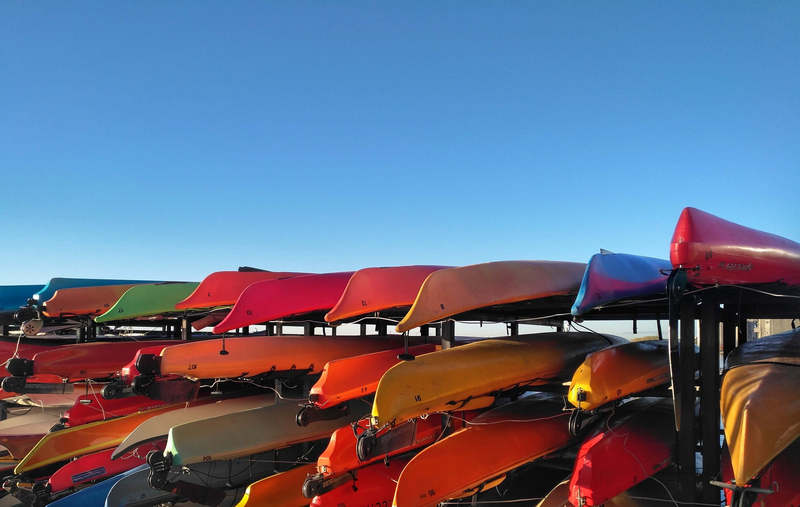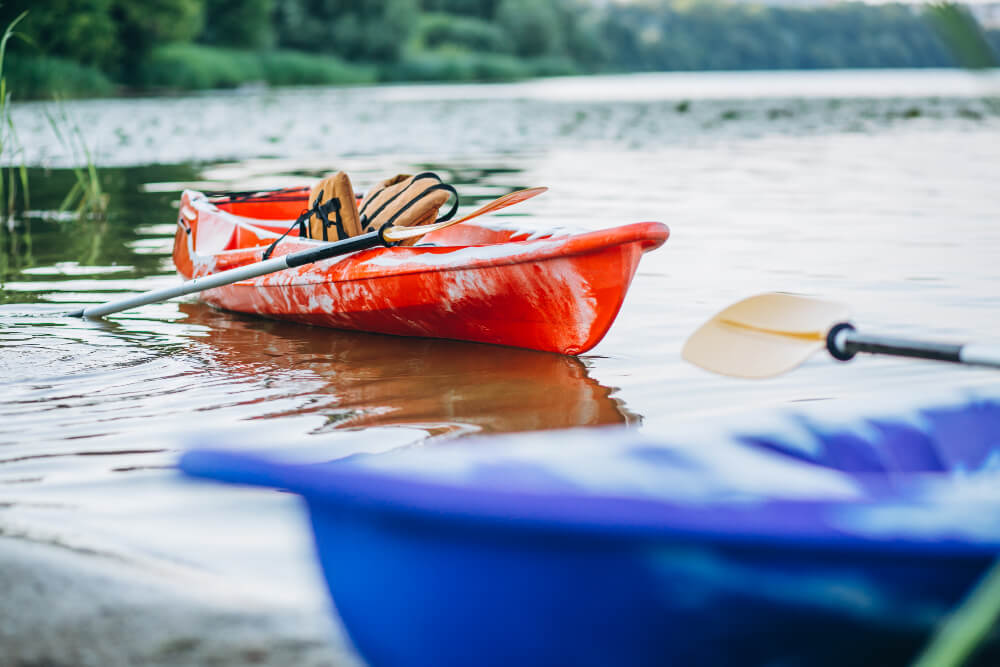Navigating Your Purchase: A Detailed Guide to Choosing the Right Kayak

From exploring calm lakes to tackling raging rapids, kayaking offers a world of adventure on the water. However, to fully enjoy this activity, it’s crucial to have the right kayak tailored to your needs and skills. “Navigating Your Purchase” is here to guide you through the complex process of choosing the perfect kayak, considering various factors such as kayak types, material, length, and price.
Decoding Kayak Types
Understanding the different types of kayaks is the first step towards making an informed decision. Here’s a more detailed look into the various types to consider:
- Recreational Kayaks: Ideal for beginners and casual paddlers, these kayaks provide stability and ease of control. They are perfect for calm waters, including lakes, slow-moving rivers, and coastal waters with light waves.
- Touring Kayaks: Long and sleek, these kayaks are designed for speed and efficiency in large bodies of water. Their added storage capacity makes them suitable for multi-day trips.
- Sea Kayaks: As the name suggests, these kayaks are built for the open sea. They are long, stable, and equipped with a rudder or skeg for better control in rough water conditions.
- Whitewater Kayaks: Designed specifically for fast-moving rivers, these kayaks are short, robust, and highly maneuverable. However, they require a considerable level of skill and experience.
Material Matters
The material of your kayak plays a significant role in its performance, durability, and price. Here are some common materials used:
- Polyethylene: Affordable and durable, this is the most common material for recreational kayaks. However, it’s heavier than other materials and susceptible to UV damage.
- ABS Plastic: More resistant to UV damage and offers better performance than polyethylene, but it’s also more expensive.
- Composite: Made from materials like fiberglass, carbon fiber, or Kevlar, these kayaks are lightweight and offer high performance, but they come at a high cost.
Length and Width
The dimensions of your kayak significantly impact its performance. Generally, longer and narrower kayaks offer more speed but less stability, while shorter and wider kayaks offer more stability but less speed. Therefore, your choice should align with your skill level and kayaking goals.
Pricing the Paddle
A kayak’s cost can vary widely based on its type, material, and brand. Set a budget that takes into account not only the kayak but also essential equipment like a paddle, life jacket, and possible maintenance costs.
|
Considerations |
Options |
|---|---|
|
Types of Kayaks |
Recreational, Touring, Sea, Whitewater |
|
Material |
Polyethylene, ABS Plastic, Composite |
|
Dimensions |
Long/Narrow (Speed), Short/Wide (Stability) |
|
Price |
Varies (Type, Material, Brand) |
The journey to finding the right kayak may seem like navigating through a rapid river, but with the right knowledge, it becomes a smooth sailing experience. By understanding the different types of kayaks, materials, dimensions, and price factors, you can make a well-informed choice that aligns with your needs and skill level. Remember, the right kayak is not about the price tag or the popularity, but about what suits your adventure the best.


